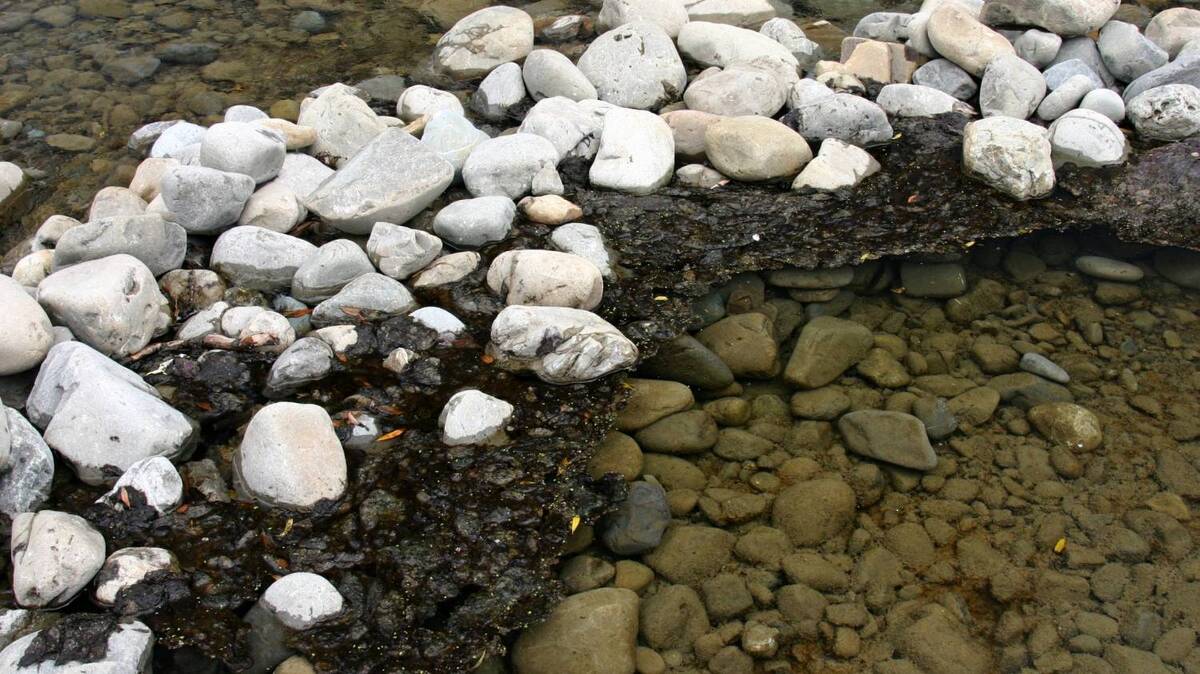New Zealand Sees Increase in Toxic Algae in Waters in Coming Summer

"Warm, calm waters help this type of algae, commonly referred to as blue-green algae, to thrive," Algal Ecologist Karl Safi said.
His work through the National Institute of Water and Atmospheric Research's (NIWA) Algal Services, which monitors, samples and analyzes water sources for the outbreaks of blue-green algae, also known as cyanobacteria.
Shallow lakes and slow-moving rivers and streams are particularly susceptible, especially when the weather is hot. Bodies of water in the central North Island have seen a particularly dramatic increase in cyanobacterial blooms, said Safi.
Cyanobacteria play a crucial role in the ecosystem but become a problem when found in high concentrations because of the toxins they can produce, he said, adding that these cyanotoxins can have health risks for people and animals if exposed through touching or swallowing contaminated water and breathing in droplets of contaminated air.
Symptoms include irritation of the skin, eyes and lungs, as well as stomach pain, headaches, diarrhea, and dizziness. For animals such as dogs, cyanobacteria can be life-threatening within a few hours, the ecologist said.
He warned people to keep an eye out for lakes or ponds that are discolored, cloudy or murky, especially if blue-green in color or with a scum on the water's surface or edge when enjoying the outdoors this summer.
"In rivers, toxic algae generally form brown or black mats that grow on rock. There may also be a strong odor," Safi said.
4155/v





















